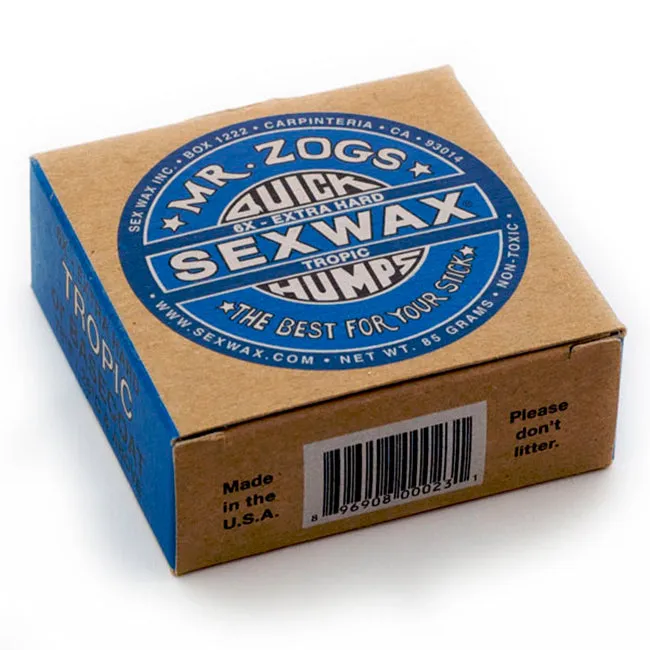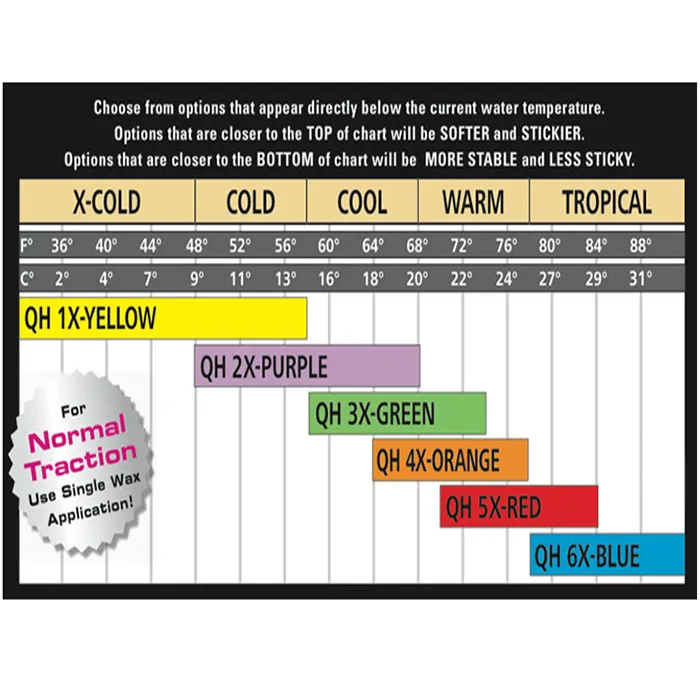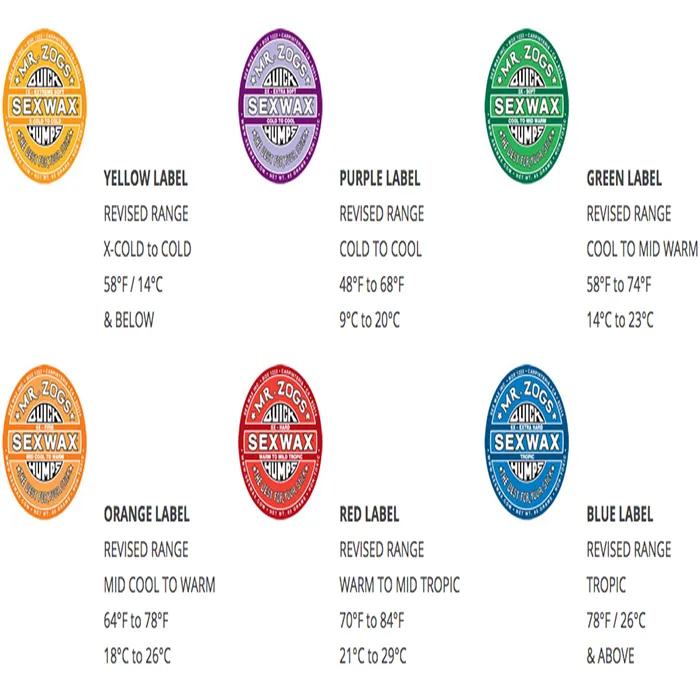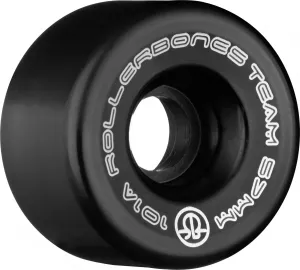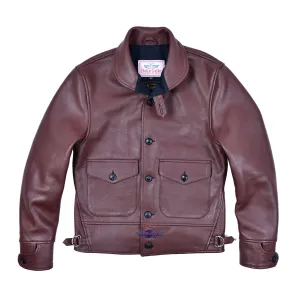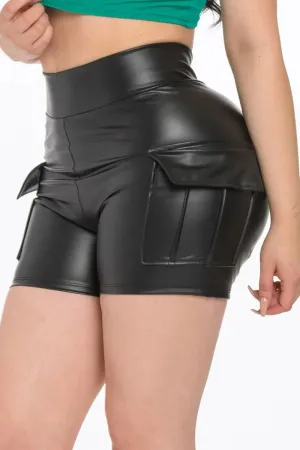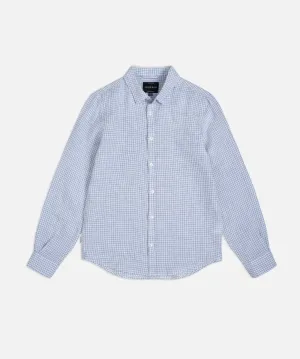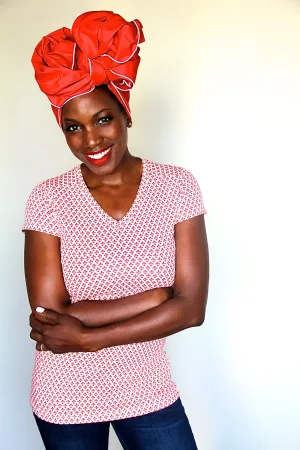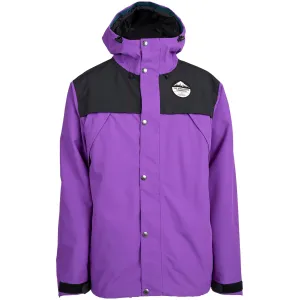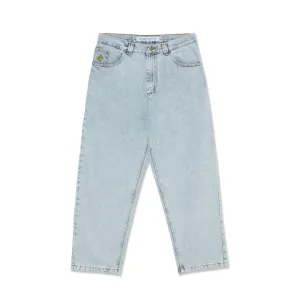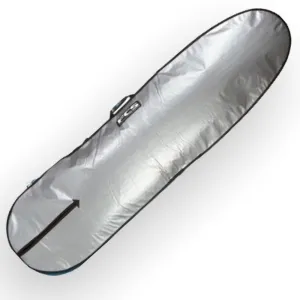Tropic - 78°F / 26°C
Single Wax Or Basecoat/Topcoat? What Is The Difference Between Hard & Soft Wax?
Softer waxes will be:
- Stickier
- Easier to apply
- More likely to move or rub away at pressure points on your board
- Less sticky
- Somewhat more difficult to apply
- More likely to stay in place and not rub off
- Moderate to high levels of stickiness
- Stability Underfoot
- A Single Wax Application is where only one formula of wax is used at a time.
- Increased Stickiness requires a softer wax which in turn will reduce Stability Under Foot.
- If Single Wax levels of stickiness and stability are adequate for your needs then there is no reason for you to switch to Basecoat/Topcoat combinations.
- When you want to increase the stickiness you get with your single wax application without sacrificing stability.
- A harder Basecoat formula provides Stability Under Foot with a long lasting surface texture that can hold the softer Topcoat wax in place and prevent it from moving or rubbing away at strategic points on the deck of your surfboard.
- Once you have a firm Basecoat, your Topcoat wax can be much softer and stickier than anything you could use without a Basecoat.
- A Basecoat must be sufficiently hard to remain stable at the current water temperature.
- You can use anything you want as a Topcoat wax as long as it is softer than your Basecoat wax.
- The recommended temperature range for a Single Wax Application is printed on the front of each Quick Humps label.
- Each Quick Humps label has its own "X-NUMBER" which indicates the relative hardness and stickiness of the six different formulas. The "1X" formula is the softest and stickiest Quick Humps Formula and the "6X" formula is the hardest and least sticky formula.
- When recommended temperatures for two or more Quick Humps formulas overlap, use the "X-NUMBERS" to determine your preference.

